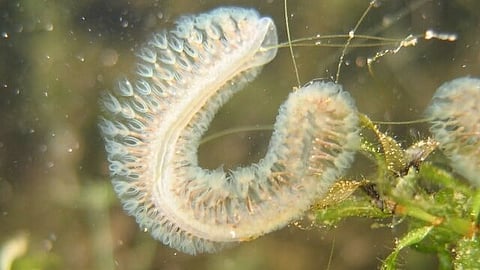We worked on these molecules about a decade ago, and though we were not successful in recreating them at that time, we gleaned insight into their structure and chemical reactivity, which informed our thinking,” Herzon said.
The new approach involved three key strategic elements. First, Herzon and his team avoided constructing a reactive heterocyclic ring, known as an indole, until the end of the process. A heterocyclic ring contains two or more elements — and this specific ring is known to be reactive and create problems, Herzon said.
Second, the researchers used methods known as oxidative photocyclizations to construct some of the key bonds in the molecules. One of these photocyclizations involved the reaction of a heterocycle with molecular oxygen, which was first studied by Yale’s Harry Wasserman in the 1960s.


